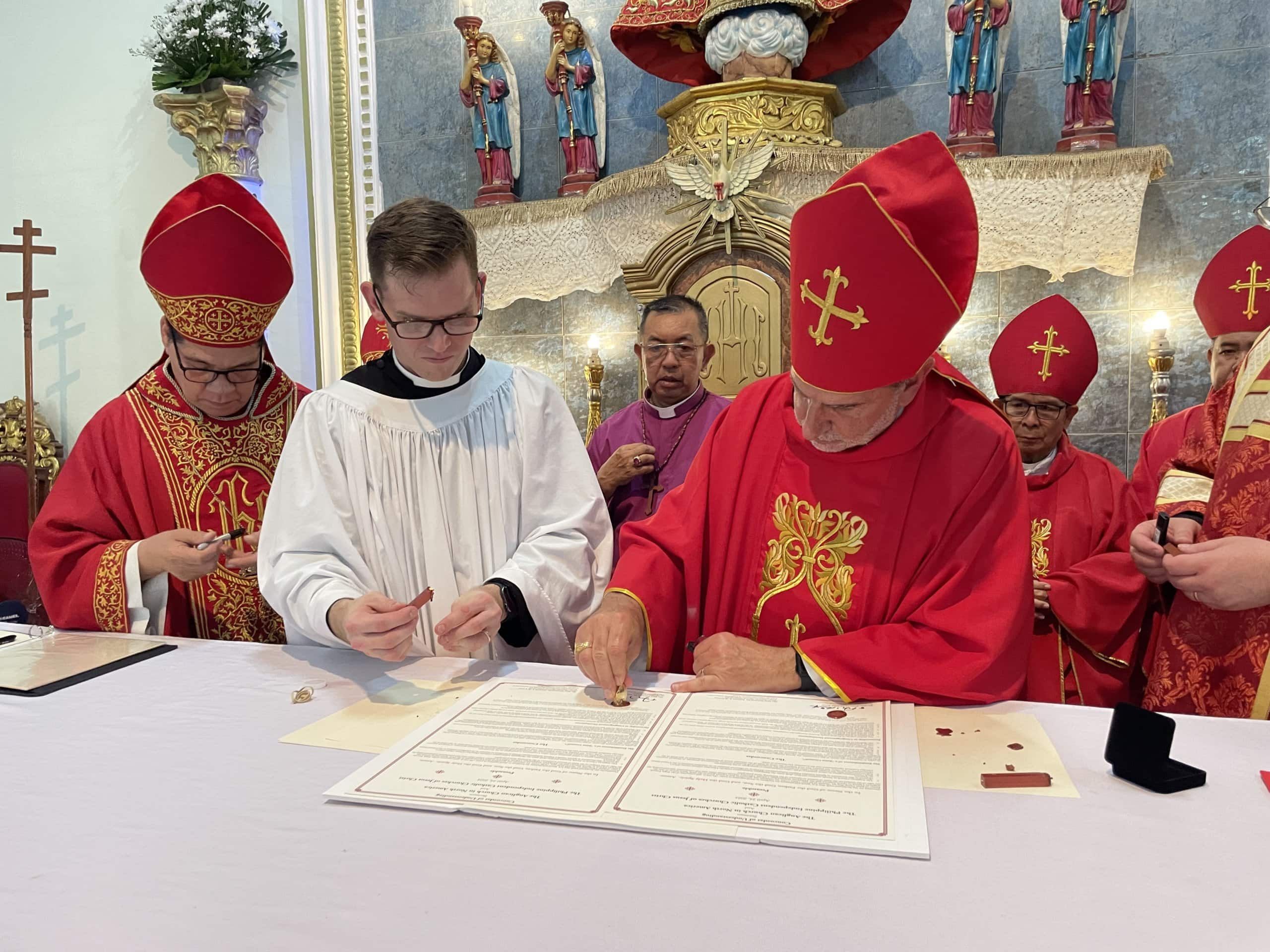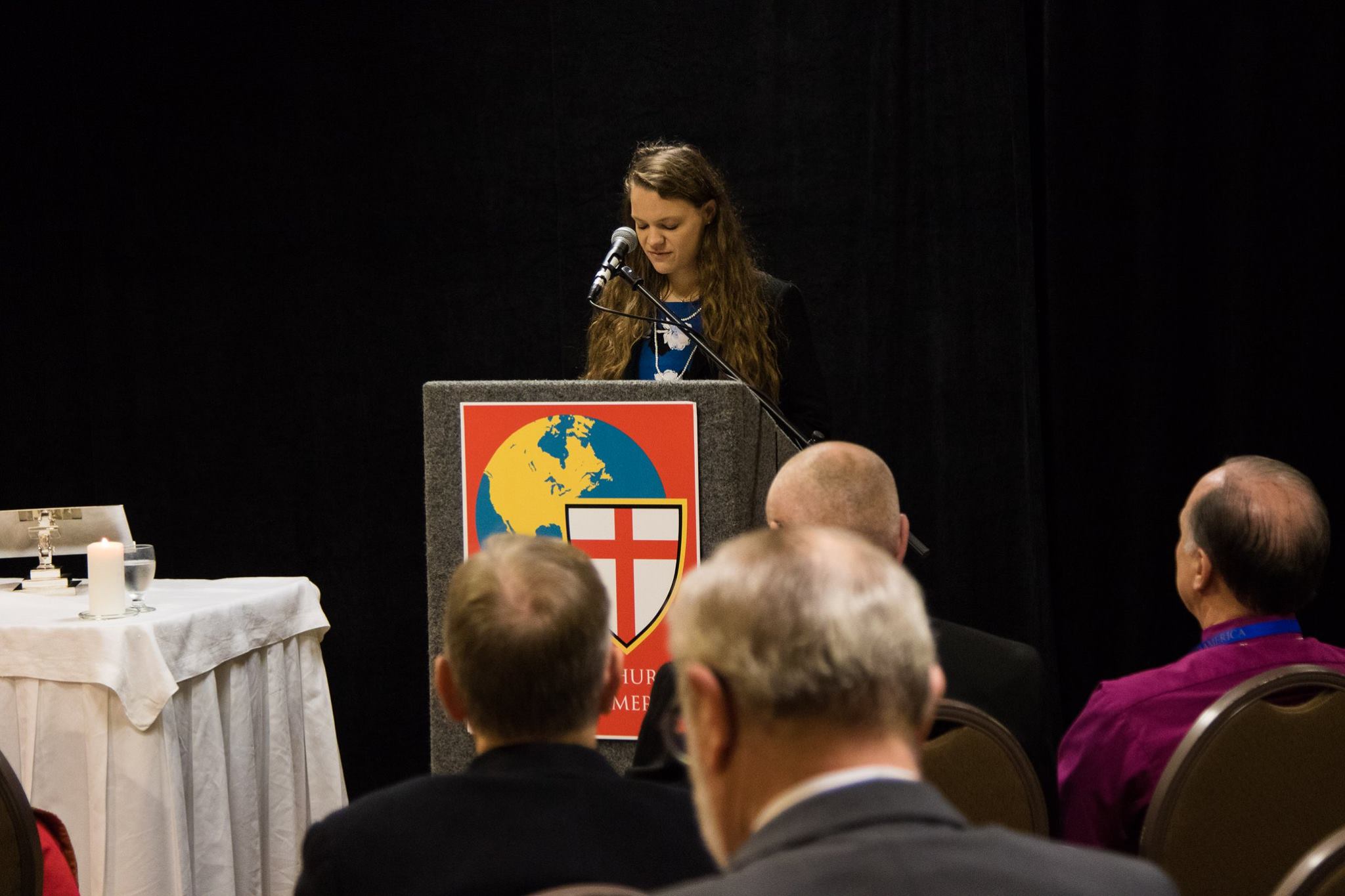The Theological Task Force on Holy Orders
Report on Phase 2: Holy Scripture
Introduction
Phase Two of the Method of Procedure directs the Task Force on Holy Orders (TF) to identify those principles of biblical interpretation (hermeneutics) that will inform the subsequent work of the TF in addressing the question of holy orders in the Anglican Church in North America (ACNA). Toward this end, the TF examined the governing documents of the ACNA and drew from them the relevant statements pertaining to the interpretation of Holy Scripture. This work has produced two documents – a concise statement of General Hermeneutical Principles and A Summary of Hermeneutical Principles Drawn from the Foundational Documents of the ACNA. Both documents were approved by the College of Bishops at its June 2013 meeting at Nashotah House Seminary, and they are attached to this report in the appendix.
The hermeneutical principles presented in the documents may be organized under three headings: Scripture has primary authority; Scripture is coherent; and Scripture is to be interpreted in the context of the Church.
1. Scripture has Primary Authority
b. The central theme of Scripture is redemption in Jesus Christ and those matters that pertain to life in him. There are matters that Scripture does not address. In these areas the church is permitted to create canons and structures for its benefit, even though Scripture does not specifically give direction. As long as the canons do not contradict or disregard Scripture, or require something as necessary for salvation which Scripture does not declare to be so, the Church is free to make decisions for good order and the edification of her members.
c. Anglican tradition has enjoyed a permissible breadth of diversity in practice and interpretation. It makes a distinction between primary matters (for example, the Trinity and the bodily resurrection of Christ) and secondary matters. In secondary matters there is liberty. However, even in secondary matters, where there is a difference of judgment, we are to address those issues by seeking the mind of Christ, searching Scripture and praying together, with an attitude of love and humility.
d. The church is not free to “re-write” or dismiss hard theological and moral teachings found in Scripture.
2. Scripture is Coherent
b. In both the Old and New Testaments, Scripture interprets Scripture. When the meaning of a particular Scriptural passage is unclear, it should be interpreted in light of the whole. While the human aspect of Scripture should not be ignored, the Holy Spirit is involved in the whole of Scripture, so there is a single mind at work.
3. Scripture is to be Interpreted in the Context of the Church
b. We are to strive for an understanding of the original setting and audience, but also be mindful of the applications of the text throughout the history of the Church. The Jerusalem Declaration specifies, “The Bible is to be translated, read, preached, taught and obeyed in the plain and canonical sense, respectful of the Church’s historic and consensual reading.” This presents certain challenges in the interpretation of any particular passage. What is its “plain and canonical sense”? Can we always discern its “historic and consensual reading”? What does it mean to be “respectful” of these things? We need to address these issues in fellowship with our GAFCON partners.
c. In our tradition, the cumulative wisdom of the Church is found in the manner in which it has applied the Scriptures in various contexts over the centuries, as for example in the Creeds, the Ecumenical Councils, the 39 Articles and the 1662 Book of Common Prayer. These do not provide simplistic answers to every question brought to Scripture but provide boundaries for acceptable interpretations of the text.
Conclusion
The future work of this Task Force will respect and be guided by these hermeneutical principles, given above, together with the attached General Hermeneutical Principals and Summary of Hermeneutical Principles Drawn from the Foundational Documents of the Anglican Church in North America.





